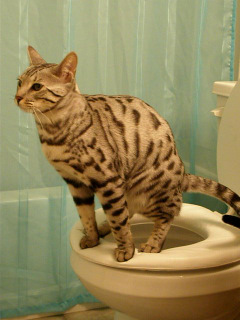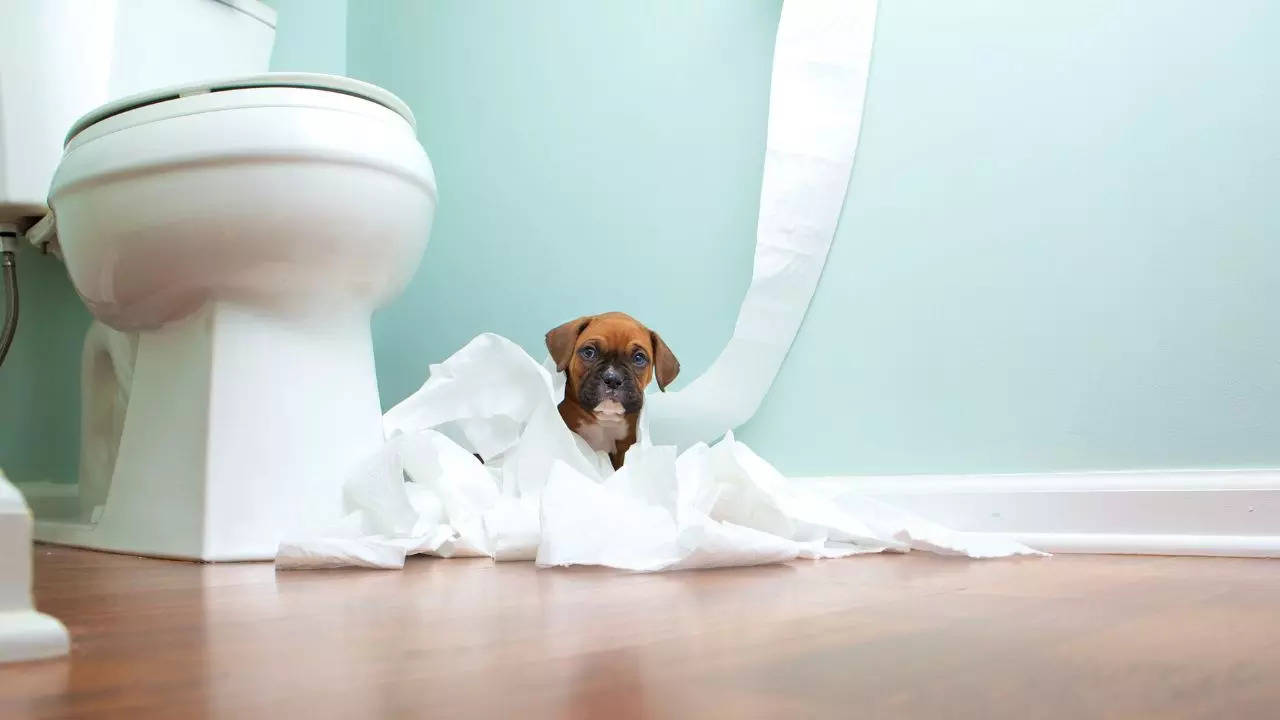Have you been trying to find answers involving 4 Reasons Why Dog Poop Cleanup is Important?

When it concerns throwing away waste, specifically animal waste, many people usually turn to the practical option of flushing it down the toilet. Nevertheless, this apparently simple solution can have serious repercussions for the atmosphere and public health. In this article, we'll check out why flushing pet waste down the bathroom is a bad idea and provide different techniques for proper disposal.
Intro
Correct garbage disposal is critical for keeping ecological sustainability and public health. While it might appear safe to purge animal waste down the commode, it can bring about numerous issues, both for the atmosphere and human wellness.
Risks of flushing animal waste
Ecological effect
Purging pet waste introduces unsafe germs and virus right into rivers, which can adversely impact water communities. These microorganisms can contaminate water sources and damage aquatic life, disrupting fragile ecological communities.
Public health problems
Pet waste consists of damaging germs such as E. coli and Salmonella, which can position significant wellness dangers to humans. Purging pet waste down the toilet can infect water products, resulting in the spread of conditions and infections.
Alternatives to flushing
As opposed to purging pet waste down the commode, there are several alternate disposal methods that are much more environmentally friendly and hygienic.
Composting
Composting animal waste is a green means to get rid of it. By composting, organic matter is broken down right into nutrient-rich dirt, which can be used to fertilize yards and plants.
Garbage dump disposal
Dealing with animal waste in a garbage dump is an additional alternative. While not as eco-friendly as composting, it is a much safer alternative to flushing, as it prevents the contamination of water resources.
Animal garbage disposal systems
There are specific pet dog garbage disposal systems available that safely and hygienically get rid of pet waste. These systems often use enzymes to break down waste and get rid of smells.
Steps to correct animal waste disposal
To ensure proper disposal of animal waste, adhere to these steps:
Scooping and bagging waste
Regularly scoop and bag animal waste utilizing naturally degradable bags. This prevents waste from infecting the setting.
Utilizing assigned waste containers
Dispose of bagged pet waste in assigned waste containers, such as garden compost bins or land fill containers. Stay clear of flushing it down the commode at all prices.
Cleansing can and family pet areas routinely
On a regular basis clean litter boxes and animal locations to prevent the build-up of waste and germs. Usage pet-safe cleansing products to preserve health.
Advantages of proper disposal approaches
Embracing correct disposal methods for pet waste provides a number of advantages:
Lowered environmental pollution
Proper disposal techniques decrease the danger of environmental pollution, protecting waterways and ecological communities from contamination
Lessened threat of water contamination.
By preventing flushing pet waste down the commode, the danger of water contamination is considerably lowered, guarding public health.
Boosted sanitation and hygiene
Appropriate disposal approaches advertise far better hygiene and hygiene, developing a safer atmosphere for both people and pets.
Verdict
In conclusion, purging animal waste down the toilet is damaging to the setting and public health. By embracing alternate disposal techniques and complying with appropriate waste monitoring techniques, we can reduce the adverse effect of pet waste and contribute to a cleaner, healthier earth.
What To Do With Dog Poo – The Do's And Don'ts Of Disposing Of Faeces
Dog poo bins
Some councils provide dedicated dog waste bins in popular dog-walking areas that can take dog poo that has been bagged but you can legally dispose of dog waste in any public litter bin, as long as it is securely bagged. This also applies to your wheelie bin at home.
Do not flush
Water companies do not recommend flushing dog faeces down the toilet because certain parasites can survive the water processing treatment and are potentially harmful to humans. You should also never consider flushing dog poo that has been bagged down the toilet as the bags will not break down and instead create severe blockages in the sewage system.
In the woods
The Forestry Commission promotes a ‘stick and flick’ method for dealing with waste in the woods. This means finding a stick and using it to flick any poo from off the path so that it is out of the way of other walkers. You could also bury it as long as it is not in an area where there might be livestock.
Livestock
Parasites found in dog poo can be transmitted to livestock if they inadvertently eat infected faeces that has been left on grazing land. This could result in the death of sheep or abortion in cattle so you should always make sure you pick up your dog’s waste in fields where livestock could be present.

On a regular basis clean litter boxes and animal locations to prevent the build-up of waste and germs. Usage pet-safe cleansing products to preserve health.
Advantages of proper disposal approaches
Embracing correct disposal methods for pet waste provides a number of advantages:
Lowered environmental pollution
Proper disposal techniques decrease the danger of environmental pollution, protecting waterways and ecological communities from contamination
Lessened threat of water contamination.
By preventing flushing pet waste down the commode, the danger of water contamination is considerably lowered, guarding public health.
Boosted sanitation and hygiene
Appropriate disposal approaches advertise far better hygiene and hygiene, developing a safer atmosphere for both people and pets.
Verdict
In conclusion, purging animal waste down the toilet is damaging to the setting and public health. By embracing alternate disposal techniques and complying with appropriate waste monitoring techniques, we can reduce the adverse effect of pet waste and contribute to a cleaner, healthier earth.
What To Do With Dog Poo – The Do's And Don'ts Of Disposing Of Faeces
Dog poo bins
Some councils provide dedicated dog waste bins in popular dog-walking areas that can take dog poo that has been bagged but you can legally dispose of dog waste in any public litter bin, as long as it is securely bagged. This also applies to your wheelie bin at home.
Do not flush
Water companies do not recommend flushing dog faeces down the toilet because certain parasites can survive the water processing treatment and are potentially harmful to humans. You should also never consider flushing dog poo that has been bagged down the toilet as the bags will not break down and instead create severe blockages in the sewage system.
In the woods
The Forestry Commission promotes a ‘stick and flick’ method for dealing with waste in the woods. This means finding a stick and using it to flick any poo from off the path so that it is out of the way of other walkers. You could also bury it as long as it is not in an area where there might be livestock.
Livestock
Parasites found in dog poo can be transmitted to livestock if they inadvertently eat infected faeces that has been left on grazing land. This could result in the death of sheep or abortion in cattle so you should always make sure you pick up your dog’s waste in fields where livestock could be present.

I recently found that entry about Should you flush animal waste down the toilet when perusing the search engines. If you liked our article please make sure you remember to pass it around. Thank-you for taking the time to read it.
Call